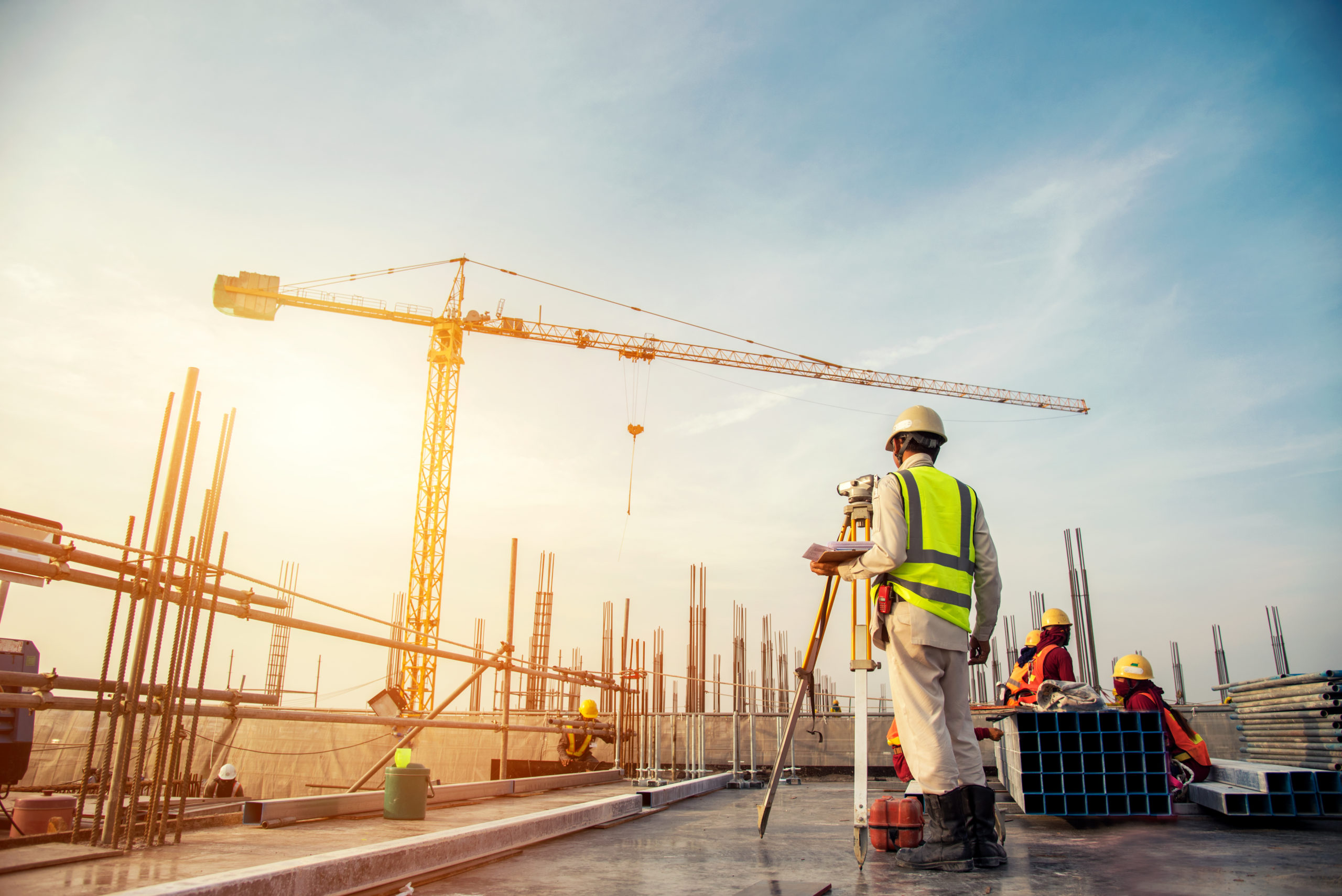
18 Mar What’s Ahead in The Construction Equipment Manufacturing Sector
As we move into the next decade, it’s a good time to take stock of emerging trends in construction equipment. For the past several years, industry professionals have focused on making construction equipment greener and more efficient than before.
But the real revolution is in the way professionals use the equipment: From automation to sharing to modular construction, industry professionals use equipment more intelligently than ever before. Let’s take a look at some of the key trends in construction equipment:
Automation Increases Efficiency and Worker Safety
The construction industry is witnessing an automation revolution. Builders now deploy autonomous, self-driving machines to haul materials and transport items under minimum supervision. Autonomous survey drones are transforming the sight surveying process by taking minutes to monitor sites, identify safety hazards, and create maps — tasks that would require days or weeks to accomplish on foot. Cutting edge construction automation technologies are even beginning to use 3D-printed houses as a technology-based, cost-effective solution to deliver affordable housing.
Automated and robot-controlled machines operate as efficiently—if not more so—as than manually operated machines. And because there are few manual processes that are too complex for today’s advanced automation systems to handle, the usage of automation will only increase in the construction industry.
Automation also enhances worker safety at construction sites. Worker safety has long been a concern in the construction industry, with the presence of environmental hazards and heavy construction equipment. According to the Bureau of Labor Statistics, construction is the single most dangerous industry in terms of occupational fatalities. But with automated robots doing the heavy lifting, workers and operators can avoid danger and safely get the job done.
Equipment Isn’t Sitting Idle with the Sharing Economy Boom
The sharing economy is challenging paradigms of ownership and utilization. Across industries, professionals are using shared capital assets through rental arrangements instead of letting assets sit idle. This practice of sharing assets is more important than ever in the construction industry.
According to the Construction Equipment Rental Market report, today’s $99 billion construction equipment rental market is expected to grow to $122 billion by 2024. Heavy-duty construction equipment is expensive to purchase and maintain. When cable harnesses are powered off and tools sit idle, the equipment quickly becomes a major cost sink. Renting equipment on an as-needed basis reduces fixed costs and overhead, enabling builders to deliver better projects at more attractive rates to tomorrow’s buyers.
Renting also helps builders keep pace with the rapidly accelerating rate of technological change. New machinery constantly arrives at the market. Equipment rentals make it possible to always acquire the best, greenest, and most efficient construction equipment and processes available.
Modular Construction Makes Housing Cheaper and Cuts Down on Equipment and Building Costs
Alongside automation, modular construction is making the construction process vastly more efficient. Modular construction breaks down buildings into discrete, modular components that can be mass manufactured. This differs from traditional construction, in which each project often reinvents the wheel—although buildings of a particular type share similarities, construction workers often build structures and their parts as a one-off.
Modular construction takes advantage of how buildings are made up of discrete components such as doors, walls, and other units. These components can be mass-manufactured while still being customizable.
In the context of economies of scale, modular construction helps bring material costs down. Many modular components can also be 3D-printed, a process that is quick and cheap, convenient for builders, and more environmentally friendly. And since the modular building pieces are designed to fit together with minimal effort, construction times are drastically lower.
Modular construction also reduces the demand for expensive, onsite construction equipment. By cutting down the cost of operating excavators, cranes, and trucks, modular construction lets builders deliver projects for far less than they would with conventional construction methods.
Lastly, modular construction is receiving a significant amount of attention as a possible solution to the housing crisis. The inflation-adjusted cost of homeownership and rental have both increased over the last few decades. Modular housing offers tomorrow’s homeowners the chance to buy or rent quality living spaces whose costs don’t run into the upper six figures.
VR and AR Headsets Give Buyers a New Way to Experience Their Future Home or Office
The VR/AR revolution is making waves across industries. In the consumer tech space, a new generation of affordable VR headsets is taking VR to the mainstream; mobile VR headsets bring the cost of ownership down to less than $10, making VR far more accessible than before. In the enterprise sector, AR solutions like Microsoft’s Hololens have gained massive popularity—AR allows people to collaborate and design in enhanced virtual spaces without cutting them off from the real world.
The VR and AR revolutions have had significant impacts on the construction industry and construction technology. VR technology has opened up brand new avenues for project promotion. Photorealistic and interactive VR mockups give prospective buyers a better picture of their future home or office than photos or videos ever could. Mobile VR also allows builders to design and deploy VR experiences that are accessible from anywhere.
You no longer have to spend half the day driving over to observe a new project. With VR, you can view it from the comfort of your own home.
AR is also empowering construction workers. Gathering information on the construction site—from measuring lengths to checking temperatures—is time-consuming and requires special equipment. AR renders many of these processes and equipment obsolete. Smart helmets let workers see through walls, spot hazards, and bring up design plans. Searching for a dangerous heat anomaly becomes as easy as scanning the room with your eye and letting the thermal sensor do its magic.
Conclusion
Construction technology, equipment, and methods have rapidly changed in the last decade. With the onset of trends ranging from automation and modular equipment to VR and AR tools, construction is becoming a more efficient and safe industry. In the coming decade, construction will only see more significant revolutions.
NAI Supports the Construction Industry
Whether using 3D printing, AR/VR or other design tools in planning stages, or operating heavy equipment and automated machinery in manufacturing and building, every one of these requires the efficient and reliable use of data and power. NAI builds the cable assemblies, harnesses and control panel and boxes for the interconnect systems control these machines and tools. For consistent operation, quality and durability of these interconnect systems are absolute requirements. NAI uses stringent Quality Management Systems to help ensure all interconnects perform as specified.

